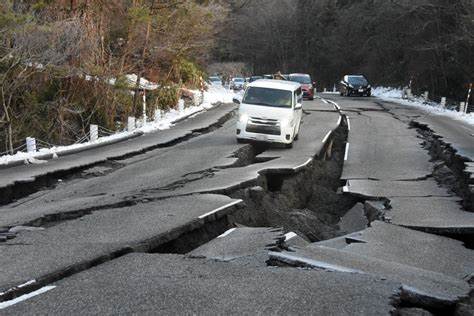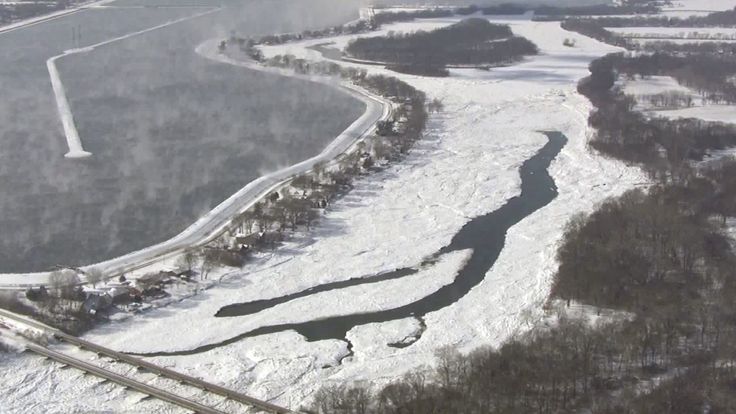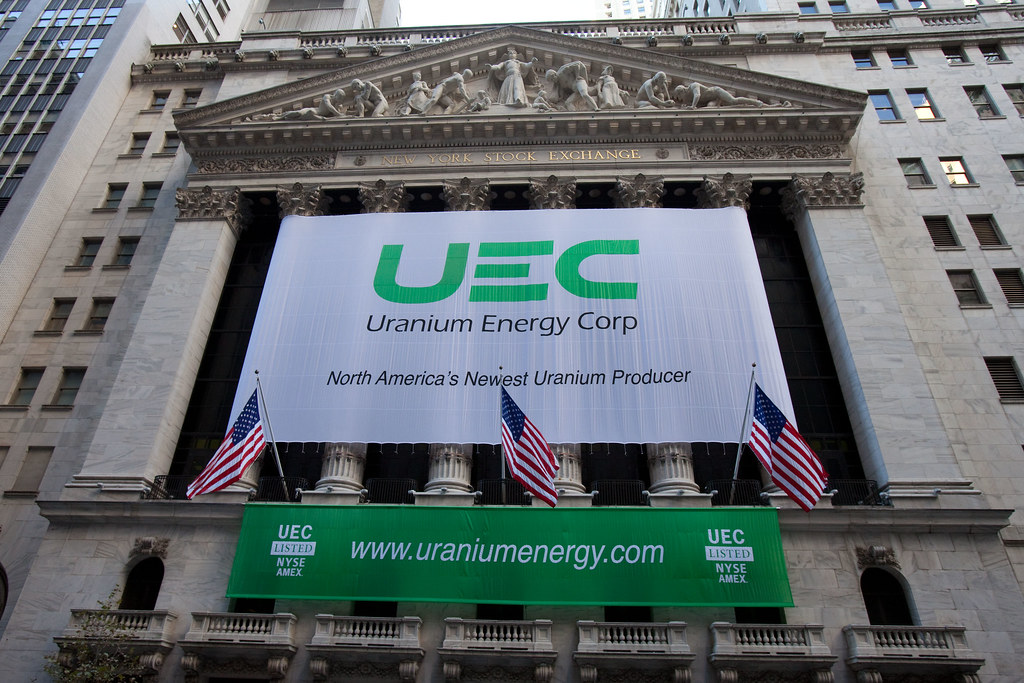
Japan recently faced a series of strong earthquakes, raising concerns about the safety of the country’s nuclear power plants. However, the Nuclear Regulation Authority (NRA) reassures the public, stating that no irregularities have been identified in the aftermath of the seismic activity. This article delves into the details of the situation, examining the condition of specific nuclear power stations and the measures in place to ensure the safety of these facilities.
The Affected Nuclear Power Plants:
Seven nuclear power stations, including Ohi, Takahama, Mihama, Tsuruga, Shika, Kashiwazaki Kariwa, and the Fugen prototype plant, were located in areas hit by the earthquakes. Despite their proximity to the seismic activity, no damage or irregularities have been reported at these facilities. Notably, the earthquakes occurred in regions housing a total of seven operational reactors.
Kansai Electric Power Stations:
Kansai Electric Power operates three nuclear stations – Ohi, Takahama, and Mihama – in Fukui prefecture. Fortunately, these stations appear unaffected by the earthquakes, demonstrating the resilience of the infrastructure in the face of seismic events. Ohi and Takahama, in particular, house multiple operational units in close proximity, emphasizing the robustness of their design.
Incidents at Shika Nuclear Station:
In Ishikawa prefecture, Hokuriku Electric Power’s Shika nuclear station experienced a partial electricity system disablement following the quake. Although workers reported hearing a sound resembling an explosion and detected a burning smell near a transformer, investigations revealed no fire. The incident triggered the fire extinguishing system, showcasing the plant’s safety mechanisms in action. While 13 radiation monitoring posts in the vicinity became non-operational, officials assured that there is no risk of radioactivity leakage.
Response to Fukushima’s History:
Japan’s stringent safety measures, reinforced after the Fukushima disaster in 2011, have proven effective. The Fukushima incident, triggered by a massive earthquake and tsunami, led to a nationwide reassessment of nuclear safety. The present situation reflects the success of these safety protocols, indicating that lessons from the past have been incorporated into Japan’s nuclear infrastructure.
The History of the Fukushima Daiichi Nuclear Disaster:
The Fukushima Daiichi Nuclear Disaster occurred on March 11, 2011, when a massive earthquake and subsequent tsunami struck northeastern Japan. The disaster unfolded at the Fukushima Daiichi Nuclear Power Plant, operated by the Tokyo Electric Power Company (TEPCO). The earthquake and tsunami disabled the power supply and cooling systems of three reactors at the plant, leading to a catastrophic failure.
Key points of the Fukushima Daiichi Nuclear Disaster:
- Triggering Events: The disaster began with a 9.0-magnitude earthquake, one of the most powerful ever recorded in Japan. The earthquake generated a massive tsunami that overwhelmed the plant’s coastal defenses, flooding critical infrastructure.
- Reactor Failures: The loss of electrical power and cooling capabilities led to overheating in the reactor cores of Units 1, 2, and 3. The reactors experienced fuel meltdowns, releasing radioactive materials into the environment.
- Hydrogen Explosions: Hydrogen gas, produced by the interaction of overheated fuel rods with water, accumulated in the reactor buildings. This led to a series of explosions in Units 1, 3, and 4, causing significant structural damage.
- Radioactive Releases: Radioactive isotopes, including iodine-131 and cesium-137, were released into the air and water. Evacuation orders were issued for residents in the vicinity of the plant to minimize radiation exposure.
- Contamination of Water: The damaged reactors leaked contaminated water into the Pacific Ocean. Efforts to cool the reactors involved massive amounts of water, which later became a major challenge in managing radioactive wastewater.
- Evacuations and Impact: Tens of thousands of residents were evacuated from the affected areas, and a 20-kilometer exclusion zone was established around the plant. The disaster had profound social, economic, and environmental consequences, with long-term effects on local communities.
- Global Implications: The Fukushima Daiichi disaster had significant repercussions for the nuclear industry globally. It led to a reevaluation of nuclear safety standards, increased scrutiny of nuclear facilities, and changes in energy policies in several countries.
- Decommissioning Challenges: The decommissioning process of the damaged reactors at Fukushima Daiichi is ongoing and expected to take decades. Managing contaminated water, removing fuel debris, and ensuring the long-term safety of the site are complex challenges.
International Response and Outlook:
The International Atomic Energy Agency (IAEA) is actively monitoring the situation and has confirmed no abnormalities in the affected nuclear power plants. With tsunami warnings downgraded and no reported risk of radioactivity leakage, the outlook remains positive. Japan, determined to enhance energy stability and reduce carbon emissions, is keen on promoting nuclear power generation under Prime Minister Fumio Kishida’s leadership.
Conclusion:
Japan’s recent seismic challenges tested the resilience of its nuclear power plants, and the outcomes indicate the effectiveness of safety measures implemented post-Fukushima. As the nation strives for a greater role for nuclear power in its energy landscape, the successful handling of these earthquakes provides confidence in the safety and stability of Japan’s nuclear facilities.







